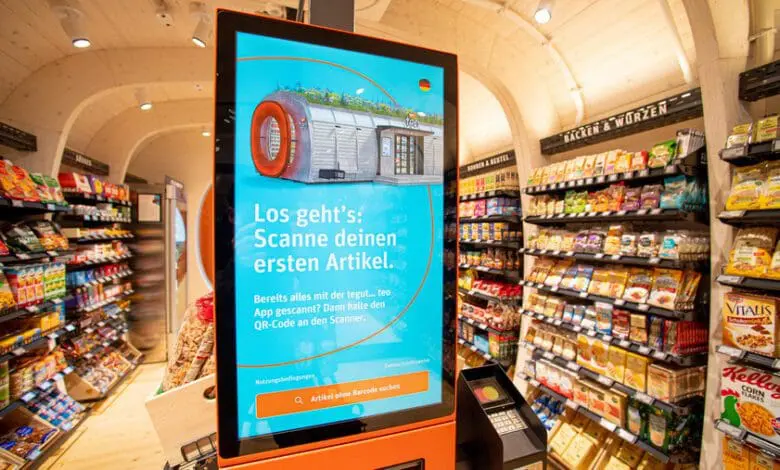A nine-member independent jury has selected this year's winners of the Reta Awards on behalf of the EHI Retail Institute. Winners in five categories include retail companies such as E.Leclerc, Edeka, Fressnapf, Ikea, Rewe, Salling Group and Tegut.
Read more >>
